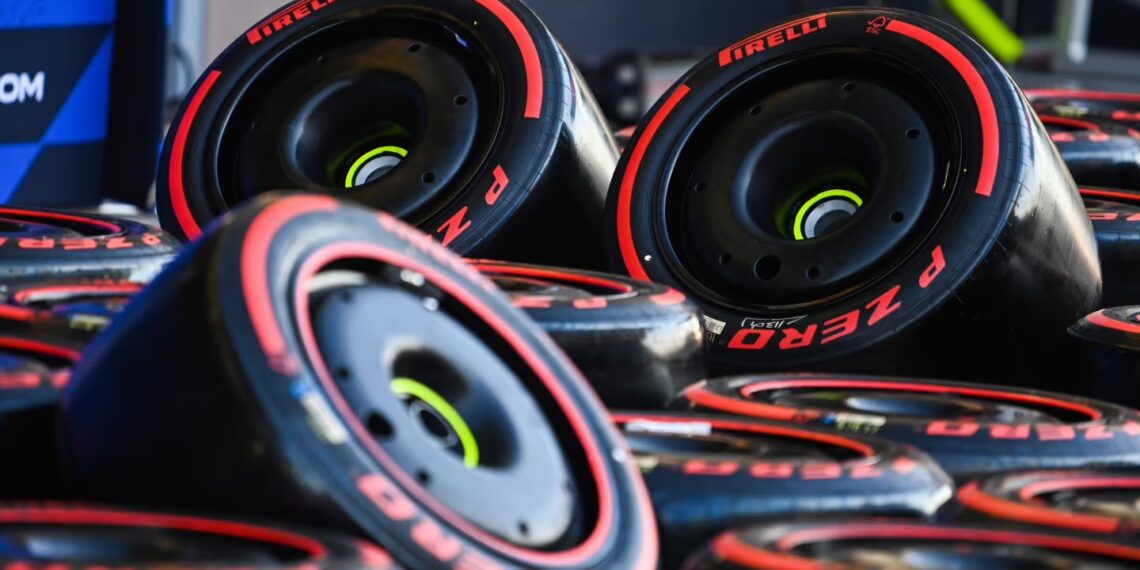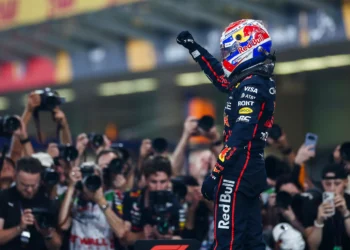Tyre Crisis Sparks Major Overhaul in Qatar Grand Prix Regulations!
In a shocking turn of events that has sent ripples through the racing community, Formula 1 has implemented a groundbreaking rule change for the Qatar Grand Prix, limiting drivers to a mere 25 laps per set of tyres. This radical decision comes from tyre supplier Pirelli, who has reacted swiftly to the daunting demands of the Lusail circuit, notorious for its brutal conditions that can wreak havoc on tyres.
The Qatar Grand Prix, set against the backdrop of the intense Middle Eastern heat, poses a substantial challenge for competitors. With the track’s grueling nature, officials have deemed it essential to intervene, prioritizing driver safety and performance integrity. Under the new regulations, teams can no longer stretch the life of their tyres as they wish, marking a significant shift in a sport where tactical tyre management has often been the name of the game.
Typically, teams have exploited every ounce of potential from their tyres, pushing them to their limits before they become a hazard. However, with the Qatar race looming as the penultimate showdown of the season, the sport’s governing bodies have stepped in with a strict cap on tyre usage. Each set can only endure 25 laps of the 5.419km circuit—just under half of the total 57-lap race distance. It’s crucial to note that laps during the grid formation and the warm-up will not count towards this limit.
Formula 1 officials have emphasized that this measure is a response to last year’s alarming incidents, where several tyres, particularly the left front, showed severe wear levels, raising serious safety concerns. The sport’s leaders have engaged in extensive discussions with teams to ensure that this change is both necessary and beneficial for all involved.
As the countdown to the Qatar Grand Prix begins, teams will be closely monitored, with Pirelli keeping track of tyre usage throughout the weekend. This unprecedented limitation is not just a precaution; it’s a bold statement about the sport’s commitment to safety in one of the most demanding environments on the racing calendar.
As fans and teams prepare for the high-stakes race, the implications of this new rule are enormous. Will this tactical shift alter the dynamic of the competition? Can drivers adapt to this new constraint and still push for victory? One thing is for certain: the Qatar Grand Prix is shaping up to be more than just another race—it’s a decisive moment that could redefine tyre strategy in Formula 1 history!










